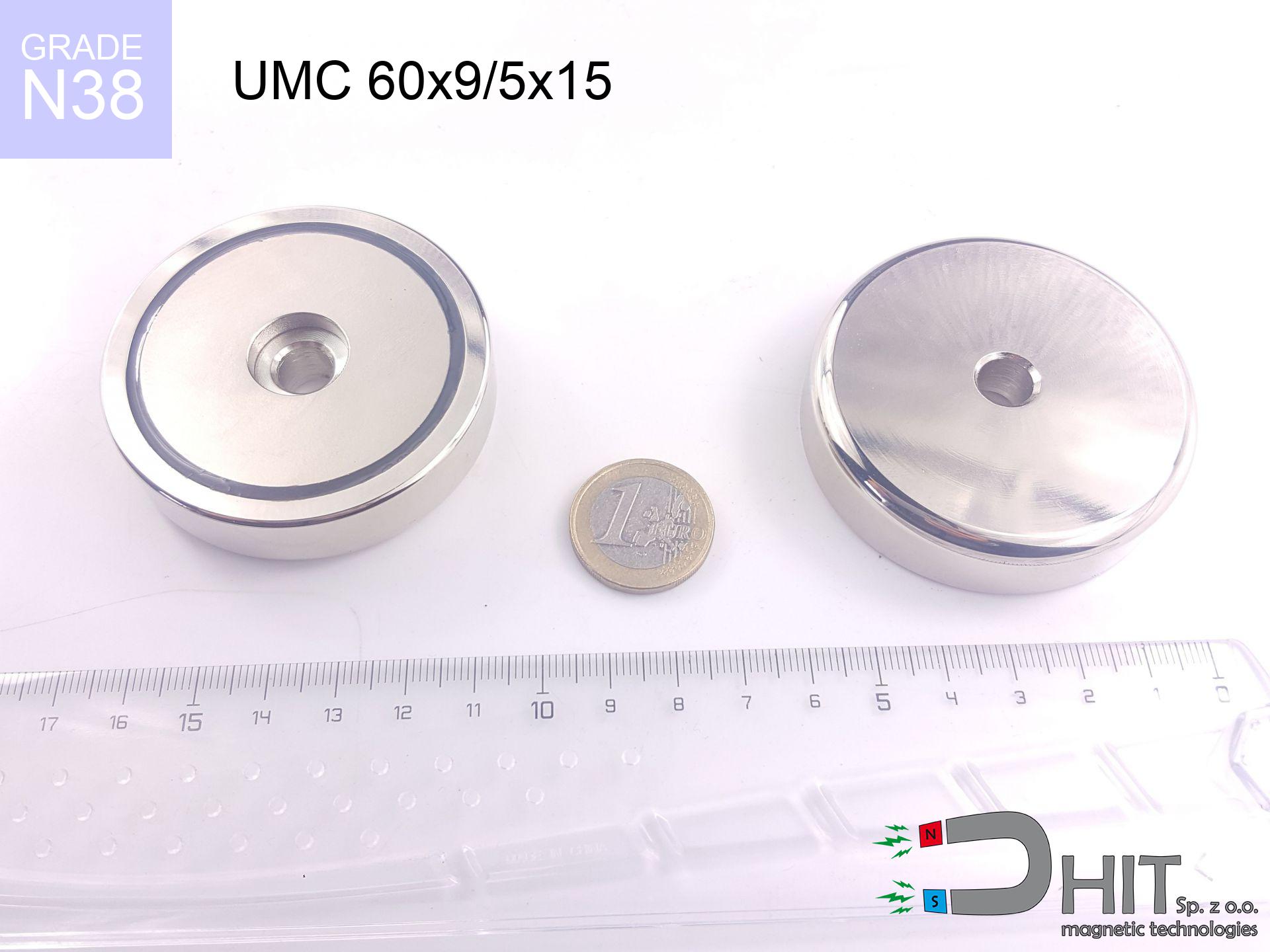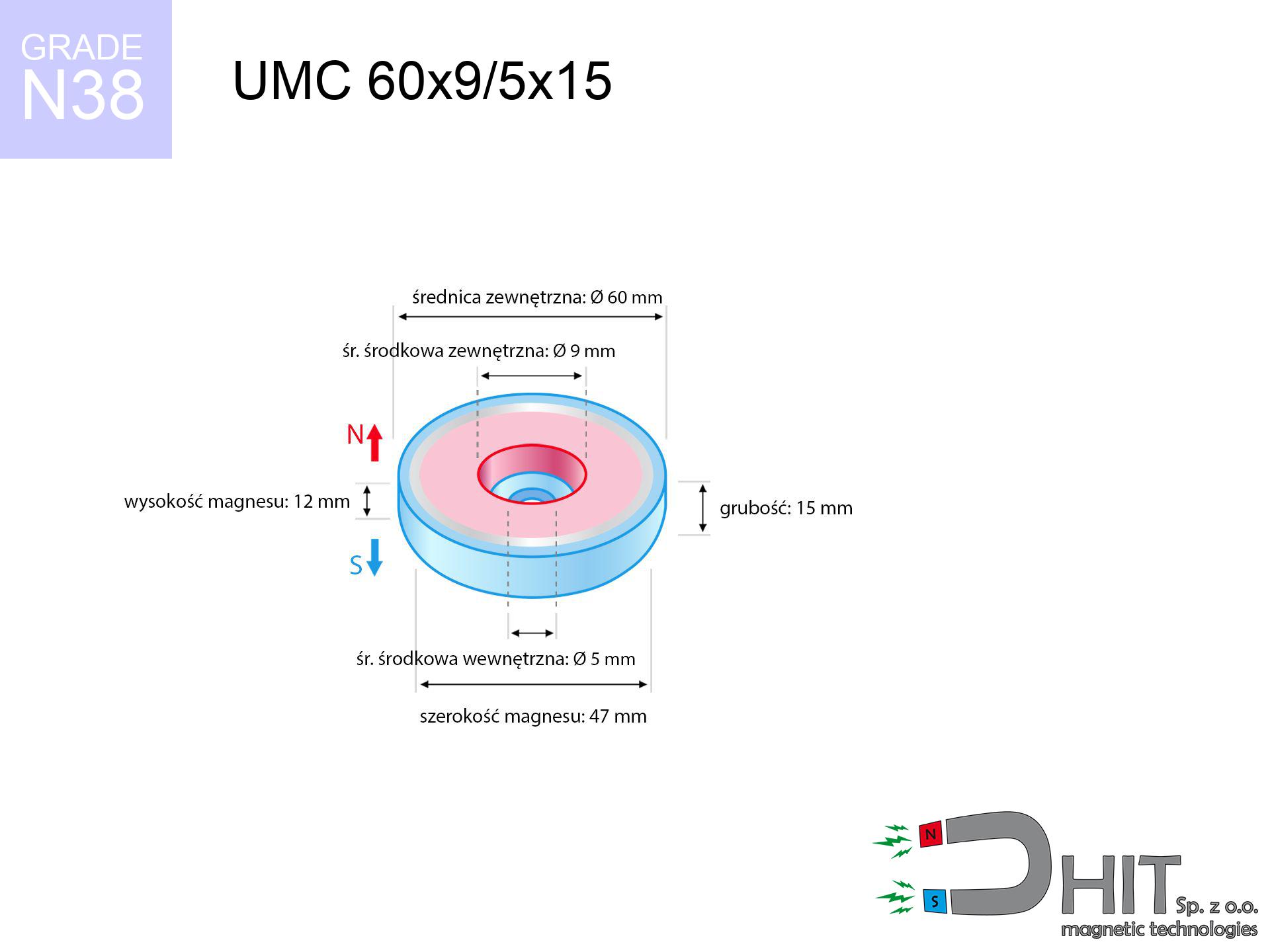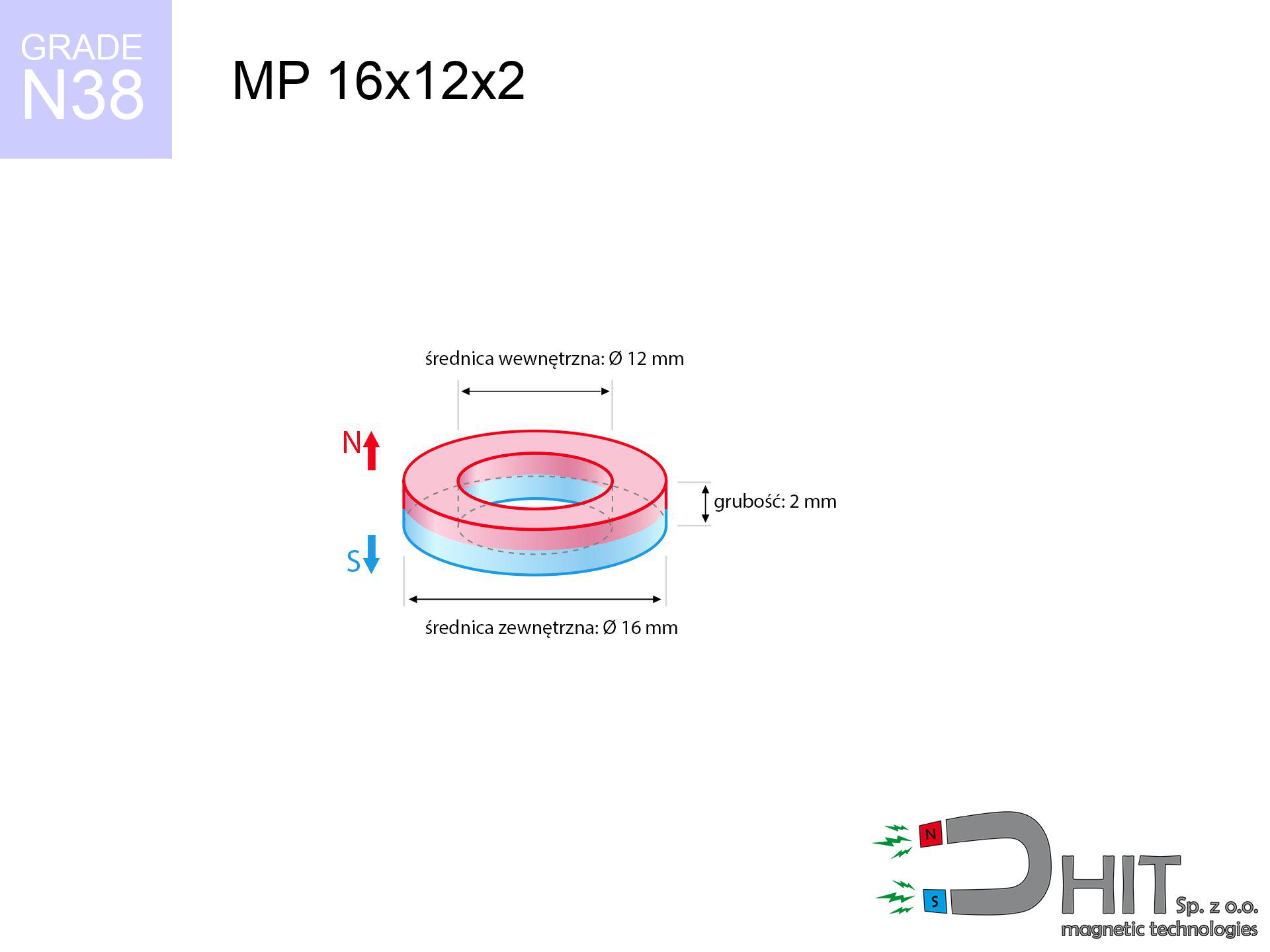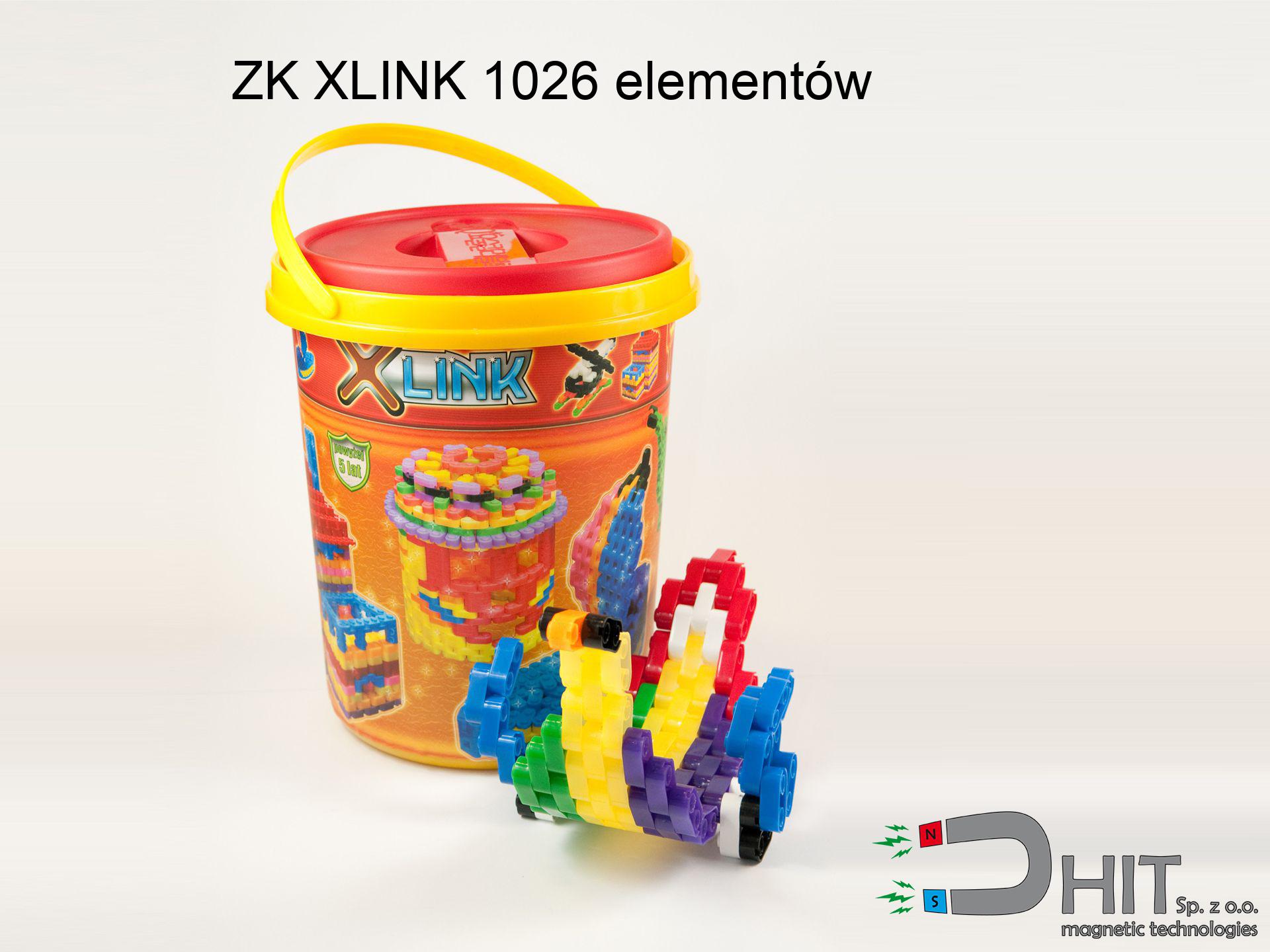UMC 60x9/5x15 / N38 - cylindrical magnetic holder
cylindrical magnetic holder
Catalog no 320413
GTIN/EAN: 5906301814696
Diameter
60 mm [±1 mm]
internal diameter Ø
9/5 mm [±1 mm]
Height
15 mm [±1 mm]
Weight
240 g
Load capacity
95.00 kg / 931.63 N
Coating
[NiCuNi] Nickel
64.94 ZŁ with VAT / pcs + price for transport
52.80 ZŁ net + 23% VAT / pcs
bulk discounts:
Need more?
Contact us by phone
+48 22 499 98 98
if you prefer let us know via
form
the contact form page.
Strength as well as shape of magnetic components can be verified on our
online calculation tool.
Orders placed before 14:00 will be shipped the same business day.
Technical parameters of the product - UMC 60x9/5x15 / N38 - cylindrical magnetic holder
Specification / characteristics - UMC 60x9/5x15 / N38 - cylindrical magnetic holder
| properties | values |
|---|---|
| Cat. no. | 320413 |
| GTIN/EAN | 5906301814696 |
| Production/Distribution | Dhit sp. z o.o. |
| Country of origin | Poland / China / Germany |
| Customs code | 85059029 |
| Diameter | 60 mm [±1 mm] |
| internal diameter Ø | 9/5 mm [±1 mm] |
| Height | 15 mm [±1 mm] |
| Weight | 240 g |
| Load capacity ~ ? | 95.00 kg / 931.63 N |
| Coating | [NiCuNi] Nickel |
| Manufacturing Tolerance | ±1 mm |
Magnetic properties of material N38
| properties | values | units |
|---|---|---|
| remenance Br [min. - max.] ? | 12.2-12.6 | kGs |
| remenance Br [min. - max.] ? | 1220-1260 | mT |
| coercivity bHc ? | 10.8-11.5 | kOe |
| coercivity bHc ? | 860-915 | kA/m |
| actual internal force iHc | ≥ 12 | kOe |
| actual internal force iHc | ≥ 955 | kA/m |
| energy density [min. - max.] ? | 36-38 | BH max MGOe |
| energy density [min. - max.] ? | 287-303 | BH max KJ/m |
| max. temperature ? | ≤ 80 | °C |
Physical properties of sintered neodymium magnets Nd2Fe14B at 20°C
| properties | values | units |
|---|---|---|
| Vickers hardness | ≥550 | Hv |
| Density | ≥7.4 | g/cm3 |
| Curie Temperature TC | 312 - 380 | °C |
| Curie Temperature TF | 593 - 716 | °F |
| Specific resistance | 150 | μΩ⋅cm |
| Bending strength | 250 | MPa |
| Compressive strength | 1000~1100 | MPa |
| Thermal expansion parallel (∥) to orientation (M) | (3-4) x 10-6 | °C-1 |
| Thermal expansion perpendicular (⊥) to orientation (M) | -(1-3) x 10-6 | °C-1 |
| Young's modulus | 1.7 x 104 | kg/mm² |
Elemental analysis
| iron (Fe) | 64% – 68% |
| neodymium (Nd) | 29% – 32% |
| boron (B) | 1.1% – 1.2% |
| dysprosium (Dy) | 0.5% – 2.0% |
| coating (Ni-Cu-Ni) | < 0.05% |
Ecology and recycling (GPSR)
| recyclability (EoL) | 100% |
| recycled raw materials | ~10% (pre-cons) |
| carbon footprint | low / zredukowany |
| waste code (EWC) | 16 02 16 |
Other products
Advantages as well as disadvantages of Nd2Fe14B magnets.
Pros
- Their strength is maintained, and after around 10 years it decreases only by ~1% (according to research),
- They are extremely resistant to demagnetization induced by external magnetic fields,
- By using a lustrous coating of nickel, the element presents an aesthetic look,
- Magnetic induction on the working layer of the magnet turns out to be extremely intense,
- Neodymium magnets are characterized by extremely high magnetic induction on the magnet surface and can work (depending on the form) even at a temperature of 230°C or more...
- Possibility of precise forming and optimizing to concrete requirements,
- Fundamental importance in high-tech industry – they are commonly used in computer drives, electric drive systems, medical devices, and other advanced devices.
- Compactness – despite small sizes they provide effective action, making them ideal for precision applications
Cons
- Susceptibility to cracking is one of their disadvantages. Upon strong impact they can break. We advise keeping them in a strong case, which not only secures them against impacts but also raises their durability
- We warn that neodymium magnets can reduce their power at high temperatures. To prevent this, we advise our specialized [AH] magnets, which work effectively even at 230°C.
- Due to the susceptibility of magnets to corrosion in a humid environment, we advise using waterproof magnets made of rubber, plastic or other material immune to moisture, when using outdoors
- Limited ability of creating threads in the magnet and complex forms - recommended is a housing - mounting mechanism.
- Potential hazard resulting from small fragments of magnets are risky, if swallowed, which becomes key in the context of child safety. Furthermore, small components of these magnets are able to disrupt the diagnostic process medical when they are in the body.
- Higher cost of purchase is a significant factor to consider compared to ceramic magnets, especially in budget applications
Lifting parameters
Optimal lifting capacity of a neodymium magnet – what it depends on?
- on a plate made of structural steel, perfectly concentrating the magnetic field
- possessing a thickness of min. 10 mm to ensure full flux closure
- with a plane cleaned and smooth
- without any air gap between the magnet and steel
- during pulling in a direction vertical to the mounting surface
- at ambient temperature room level
Impact of factors on magnetic holding capacity in practice
- Gap between surfaces – even a fraction of a millimeter of separation (caused e.g. by varnish or unevenness) significantly weakens the pulling force, often by half at just 0.5 mm.
- Force direction – catalog parameter refers to pulling vertically. When attempting to slide, the magnet exhibits much less (typically approx. 20-30% of nominal force).
- Plate thickness – insufficiently thick steel does not accept the full field, causing part of the power to be lost to the other side.
- Steel grade – the best choice is high-permeability steel. Stainless steels may generate lower lifting capacity.
- Surface quality – the smoother and more polished the plate, the larger the contact zone and higher the lifting capacity. Roughness creates an air distance.
- Temperature – heating the magnet causes a temporary drop of force. Check the maximum operating temperature for a given model.
Lifting capacity testing was carried out on plates with a smooth surface of optimal thickness, under a perpendicular pulling force, however under parallel forces the lifting capacity is smaller. Additionally, even a minimal clearance between the magnet’s surface and the plate reduces the holding force.
Warnings
Warning for allergy sufferers
Warning for allergy sufferers: The Ni-Cu-Ni coating consists of nickel. If redness occurs, cease working with magnets and wear gloves.
Thermal limits
Watch the temperature. Exposing the magnet above 80 degrees Celsius will destroy its magnetic structure and pulling force.
Fire risk
Powder created during grinding of magnets is self-igniting. Avoid drilling into magnets unless you are an expert.
Immense force
Before starting, check safety instructions. Uncontrolled attraction can destroy the magnet or injure your hand. Think ahead.
Fragile material
Beware of splinters. Magnets can fracture upon uncontrolled impact, ejecting shards into the air. Wear goggles.
Cards and drives
Device Safety: Neodymium magnets can ruin data carriers and delicate electronics (pacemakers, medical aids, timepieces).
Compass and GPS
GPS units and mobile phones are highly sensitive to magnetism. Close proximity with a powerful NdFeB magnet can ruin the sensors in your phone.
Health Danger
Health Alert: Strong magnets can turn off pacemakers and defibrillators. Do not approach if you have medical devices.
This is not a toy
Adult use only. Tiny parts can be swallowed, leading to serious injuries. Keep away from children and animals.
Finger safety
Pinching hazard: The attraction force is so great that it can result in blood blisters, pinching, and broken bones. Protective gloves are recommended.





![UMP 135x40 [M10+M12] GW F600 Lina / N38 - search holder UMP 135x40 [M10+M12] GW F600 Lina / N38 - search holder](https://cdn3.dhit.pl/graphics/products/ump-135x40-m10+m12-gw-f600-+lina-sej.jpg)



